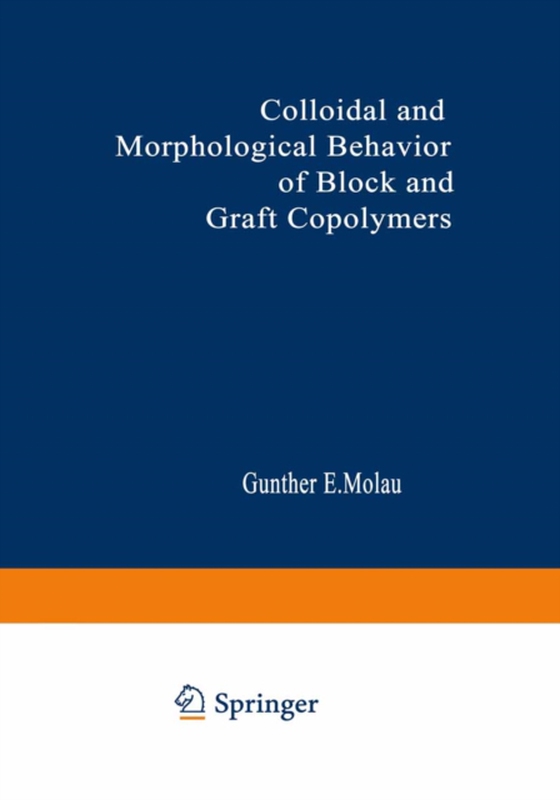
Colloidal and Morphological Behavior of Block and Graft Copolymers e-bog
875,33 DKK
(inkl. moms 1094,16 DKK)
The molecules of block and graft copolymers are molecules of a higher order; they consist of homopolymer subchains which are interconnected by chemical valence bonds. This structural com- plexity is manifested in the unusual behavior of block and graft copolymers both in solution and in bulk. Many types of interac- tions are possible in block and graft copolymers in the solid state. Polymer sub...
E-bog
875,33 DKK
Forlag
Springer
Udgivet
6 december 2012
Genrer
TGMP
Sprog
English
Format
pdf
Beskyttelse
LCP
ISBN
9781468419085
The molecules of block and graft copolymers are molecules of a higher order; they consist of homopolymer subchains which are interconnected by chemical valence bonds. This structural com- plexity is manifested in the unusual behavior of block and graft copolymers both in solution and in bulk. Many types of interac- tions are possible in block and graft copolymers in the solid state. Polymer subchains of one molecule can interact with other polymer subchains which may belong to the same molecule or to different molecules. Since polymer chains of chemically different composition are usually incompatible, thermodynamically unfavorable as well as thermodynamically favorable interactions exist in the solid state. In solutions of block and graft copolymers, the sit- uation becomes even more complex, because interactions between the solvent molecules and the various subchains of the copolymer mole- cules occur in addition to the interactions between the polymer chains. This multitude of interactions gives rise to a wide spec- trum of colloidal and morphological properties which have no paral- lel in less complex polymer systems such as homopolymers or random copolymers. Research on the colloidal and morphological behavior of block and graft copolymers is a relatively new field of endeavor. It started in 1954, when F. M. Merrett fractionated mixtures of grafted na- tural rubber with the corresponding homopolymers and observed that colloidal sols were formed at certain points during his fractional precipitations.
 Dansk
Dansk

